You can build mental muscle by challenging your mind and giving it new experiences
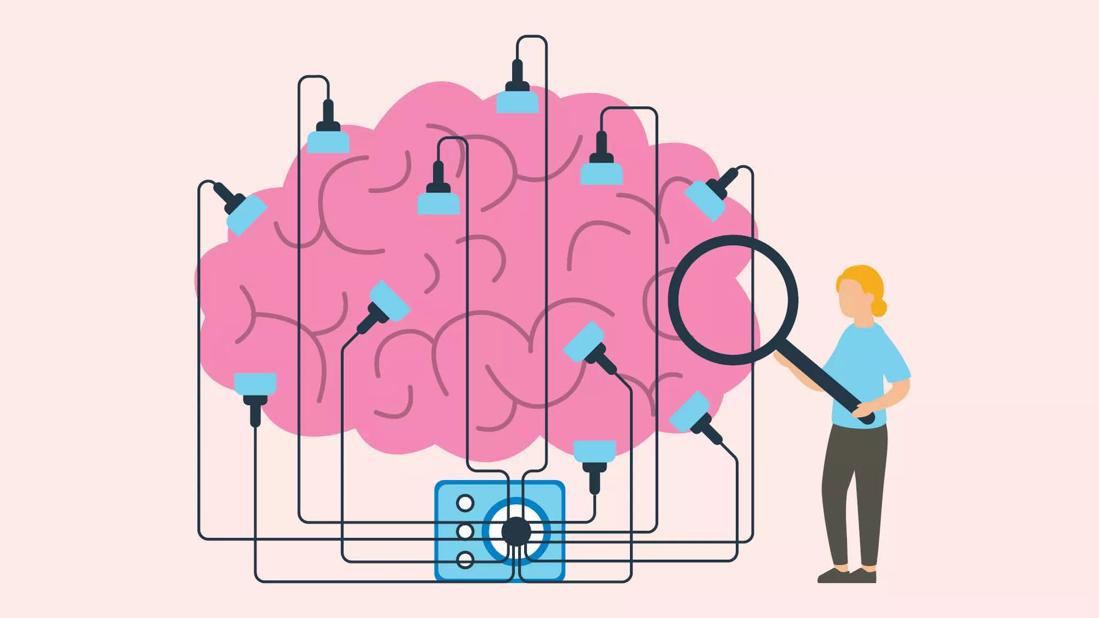
Keeping muscles fit and powerful requires hard work. The same concept holds true for your brain, an amazing organ with the ability to change, adapt and get stronger through mental exercise.
Advertisement
Cleveland Clinic is a non-profit academic medical center. Advertising on our site helps support our mission. We do not endorse non-Cleveland Clinic products or services. Policy
”Neuroplasticity“ is the fancy medical term used to describe your brain’s ability to learn and adapt. Think of it as an internal rewiring process that allows your mind to grow and meet new and increased demands.
So, how can you build your brain to flex more mental muscle? Let’s get some cognitive workout tips from psychologist Grace Tworek, PsyD.
Neuroplasticity refers to your brain’s ability to absorb information and evolve to manage new challenges. It’s a natural gift that allows you to develop as a person and take on the ever-changing tasks of daily life.
“Neuroplasticity speaks to the flexibility and adaptability of our brain throughout our life,” explains Dr. Tworek. “It’s how we grow as people.”
So, when you memorize the alphabet as a kiddo, that’s an example of neuroplasticity in action at a young age. Ditto for when you learn how to drive and navigate the streets in your neighborhood.
Even something as simple as remembering the name of a new coworker involves brainwork that falls under the umbrella of neuroplasticity.
Now here’s where things get really nifty: Neuroplasticity actually brings physical changes inside your cranium. In essence, your brain undergoes a sort of rewiring while learning from your experiences.
Advertisement
“Morphological alterations and structural changes occur within our brains,” says Dr. Tworek. “New synaptic connections form between the billions of neurons in your brain as you take in information. It’s a constant process.”
Neuroplasticity explains how we learn by absorbing and analyzing information as we go through life. “It allows us to adapt to new environments and new situations,” says Dr. Tworek.
But neuroplasticity isn’t just about learning new stuff. Your brain’s ability to constantly update and reprogram can also power relearning — a critical need after a stroke or traumatic head injury.
Remember those physical changes behind neuroplasticity? That building process in your head makes it possible for your brain to bypass damaged areas. Those synaptic connections essentially create new pathways to work around injuries.
In many ways, physical therapy and rehabilitation activities after a stroke or head injury look to use the regenerative force of neuroplasticity.
“Your brain begins to adapt and find a way,” notes Dr. Tworek. “How cool is that?”
The functions of learning and relearning serve as the foundation for two different types of neuroplasticity:
A paper published in 2008 laid out 10 principles of neuroplasticity when it comes to optimizing brain function, particularly after sustaining an injury or damage. (Credit for the oft-cited list goes to researchers Jeffrey A. Kleim and Theresa A. Jones.)
The principles are as follows:
Advertisement
Want to make your brain stronger? Then challenge it regularly with new activities and experiences — an endeavor that isn’t nearly as difficult as it might sound.
“You don’t need to travel across the world to find new experiences,” clarifies Dr. Tworek. “Instead, look to build the concept of ‘new experiences’ into your day-to-day life with some simple acts.”
The idea is to break from your routine, even if it’s just slightly. You can do that by:
If you’re feeling really energized, do something completely new and out of the norm to escape your comfort zone. That could involve:
Advertisement
Have fun with the brain-building process of neuroplasticity, too, and don’t worry about how successful you are at your new venture. “It’s the experience that counts,” encourages Dr. Tworek. “Your brain will benefit from that no matter how great you are at this new thing you try.”
Advertisement
Learn more about our editorial process.
Advertisement

Physical activity can help preserve and improve your cognitive function and fend off dementia, stroke and other health concerns

The ‘Six Pillars of Brain Health’ offers a game plan to maintain cognitive function

The tickling response may be more about protection than enjoyment
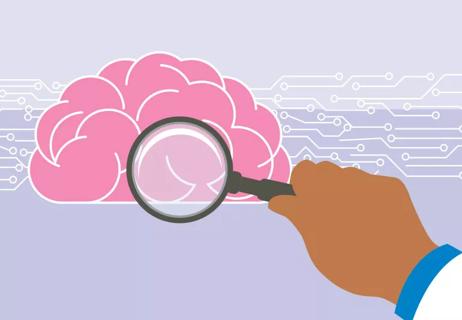
This first-of-its-kind study aims to identify biomarkers of neurological disorders
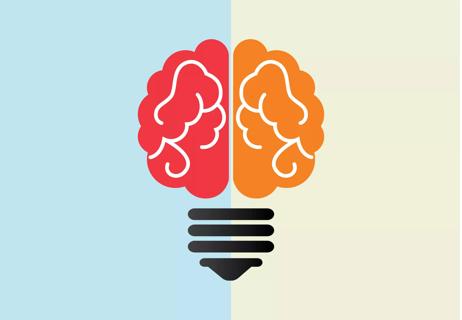
Different parts are responsible for different things, but you use both sides all the time
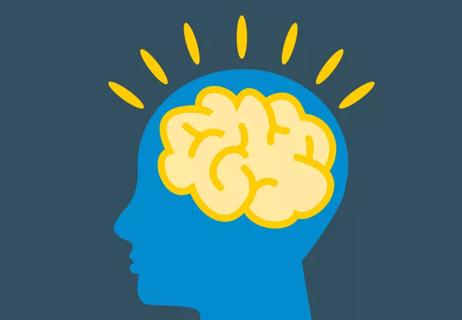
Add some brain food to your plate
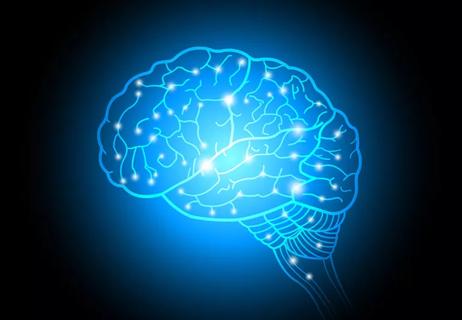
A collection of fascinating facts

Preparing food isn't just about filling your stomach

Babies can get congested easily, but you can calm their cough by keeping them hydrated, using nasal drops and running a humidifier

Weight loss may cause loose, sagging skin and muscle loss to your rear

Several conditions, like vitiligo and fungal infection, can cause a loss of pigmentation, leading to white spots or patches on your skin